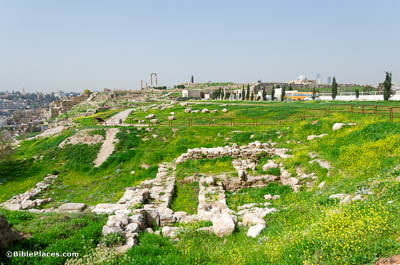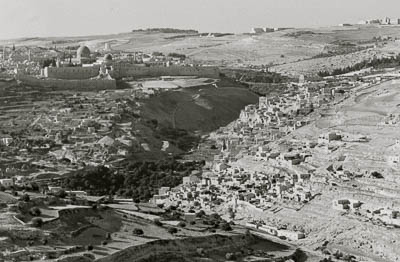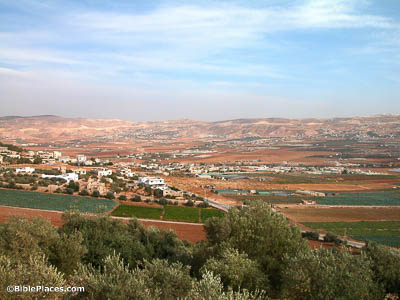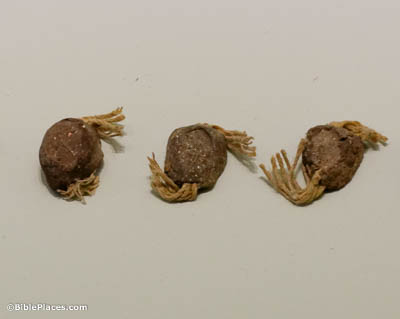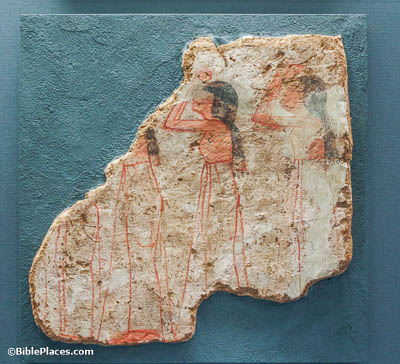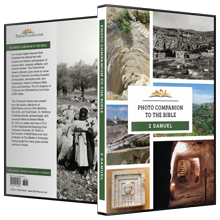David sent Joab and all his men . . . , and they destroyed the Ammonites and besieged Rabbah (2 Samuel 11:1).
Rabbah (aka Rabbath Ammon) was the capital city of the Ammonites. It was located at the heart of what is now the modern city of Amman, Jordan. The most extensive Iron Age remains to be uncovered at Rabbah so far is the structure shown here. Dating to about 800 BC, it consists of a large structure with thick walls, surrounding a plastered courtyard. Archaeologists have interpreted it as an Ammonite palace.
